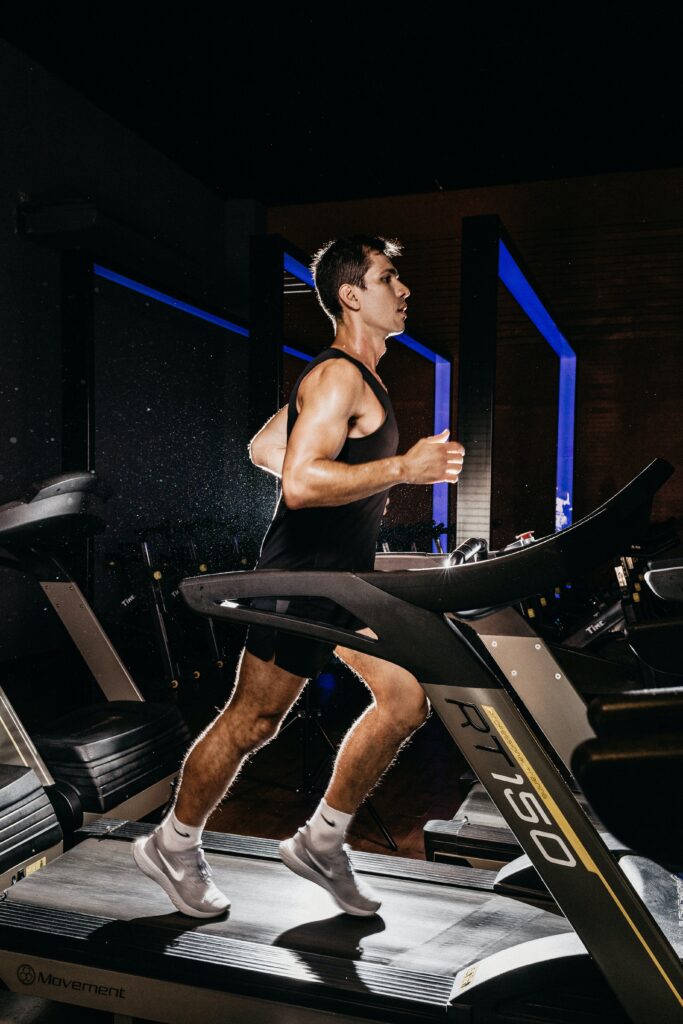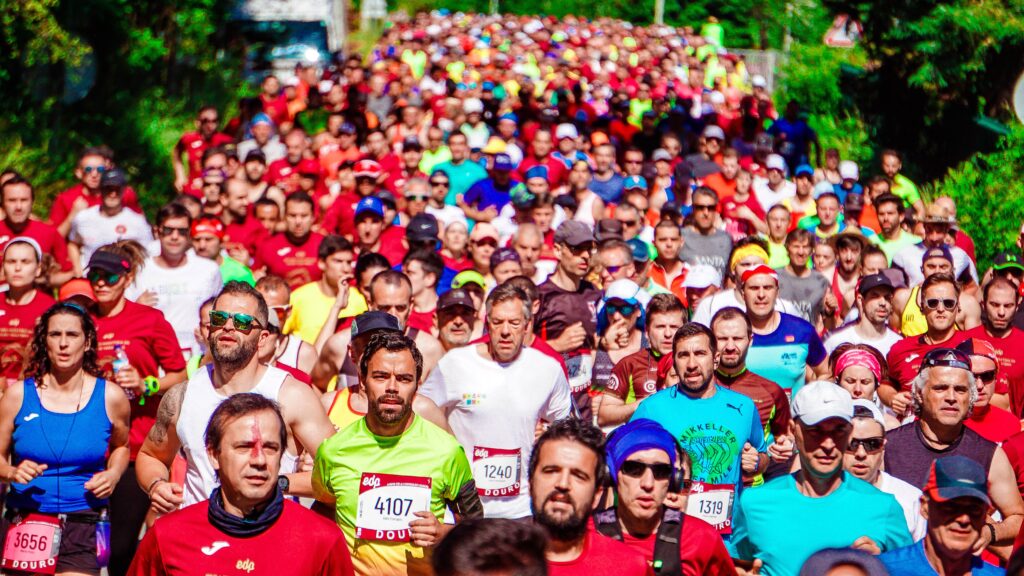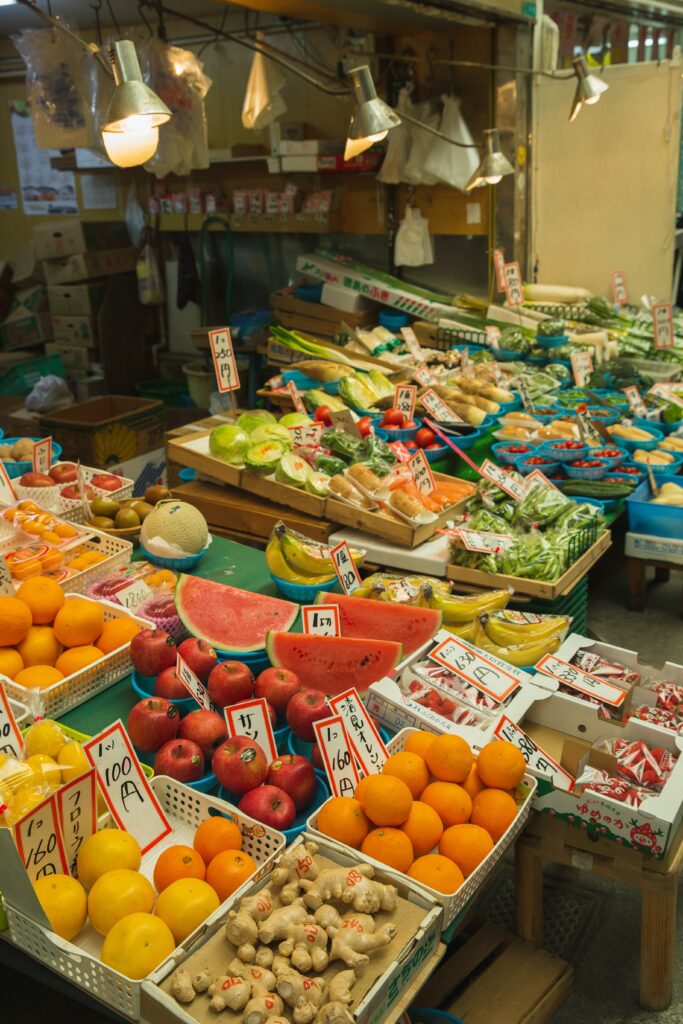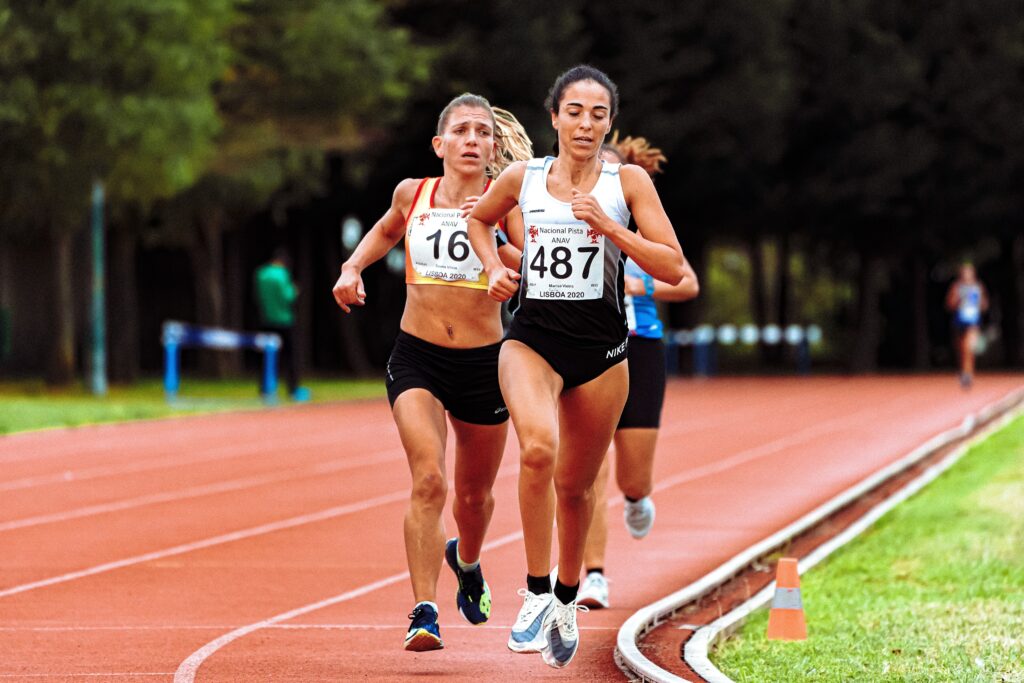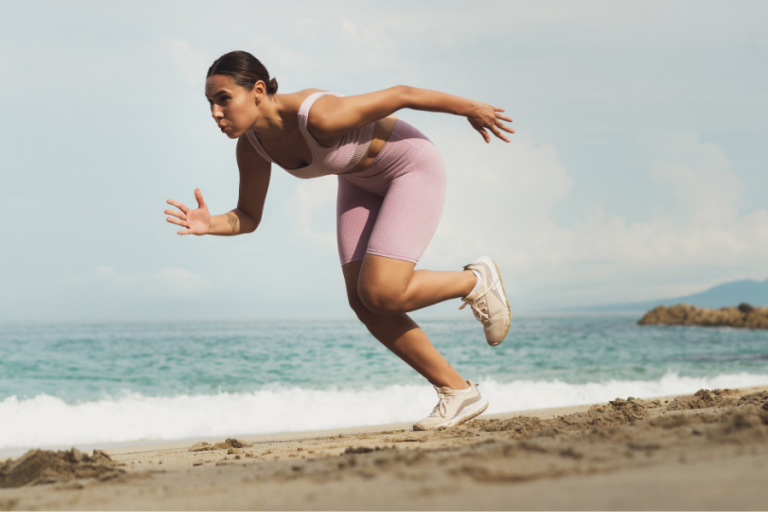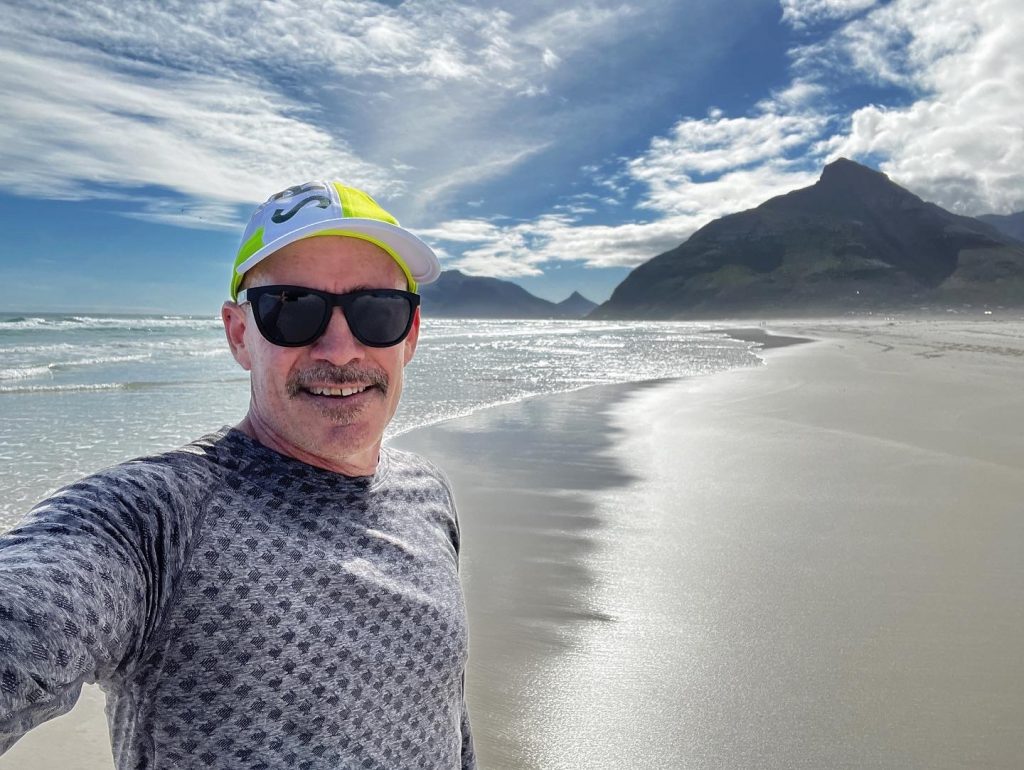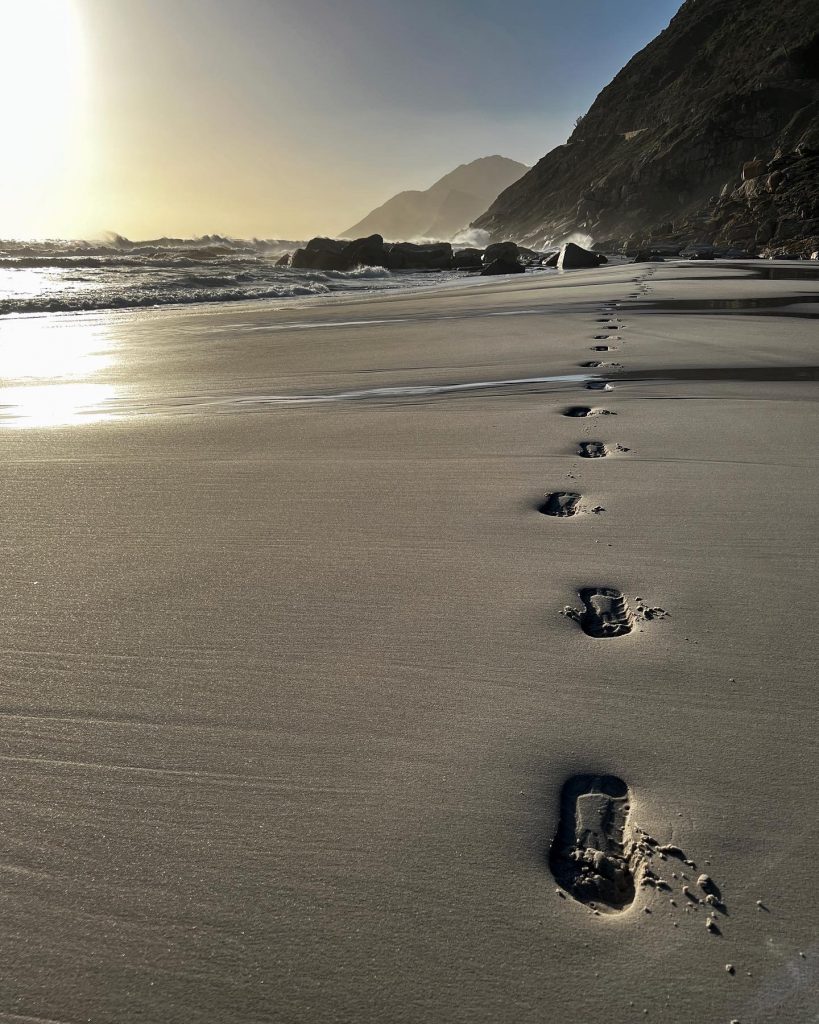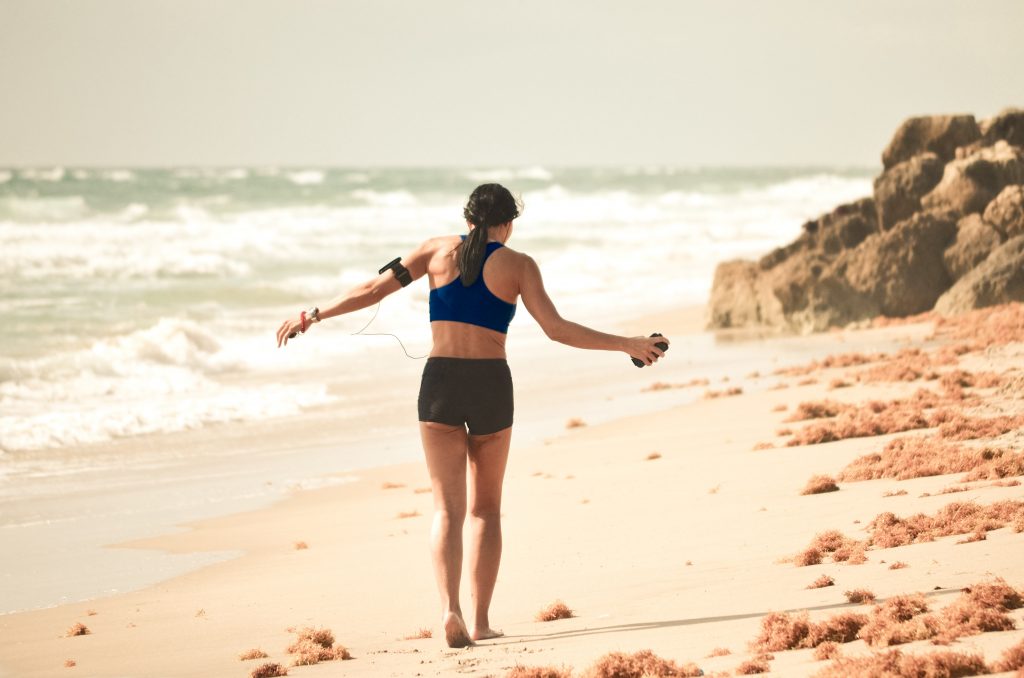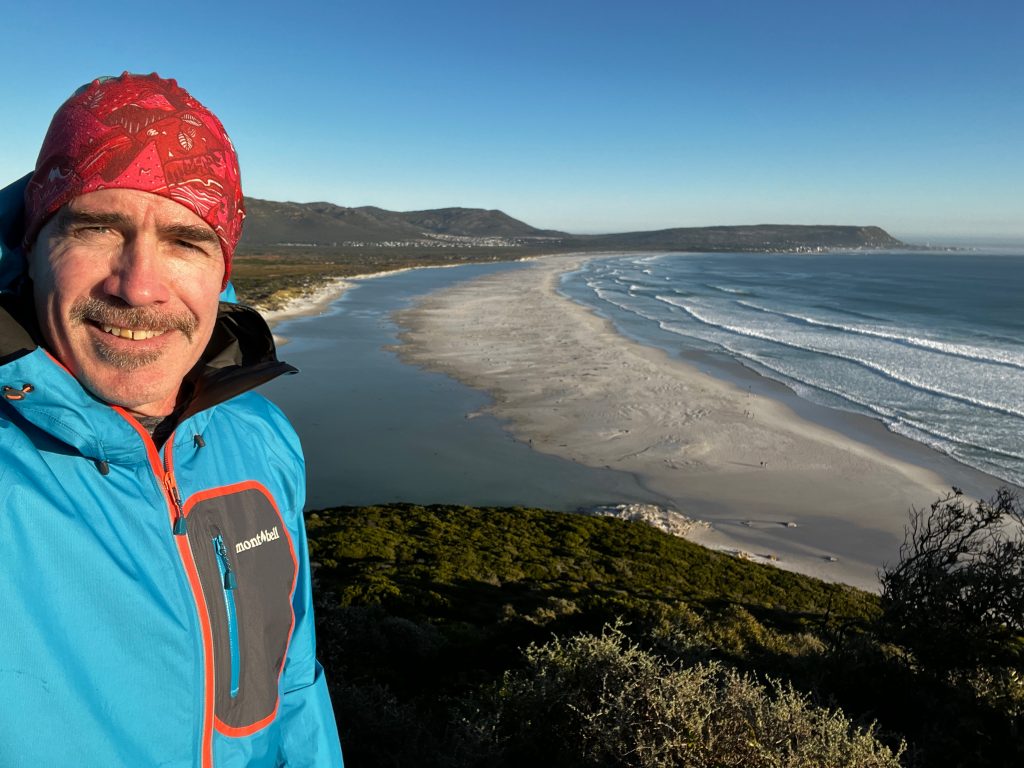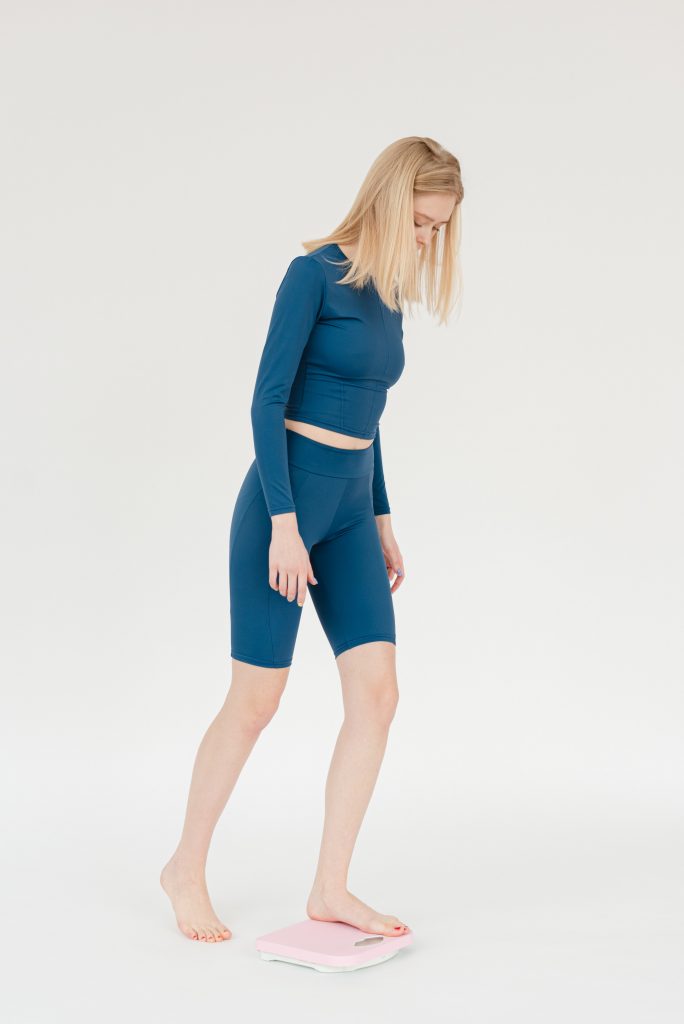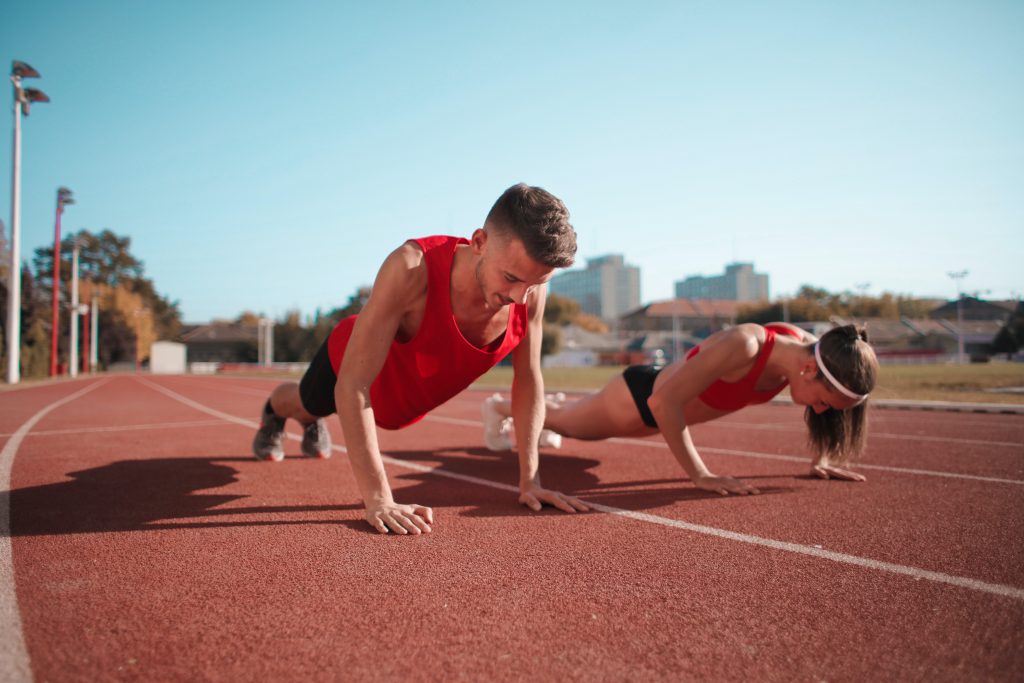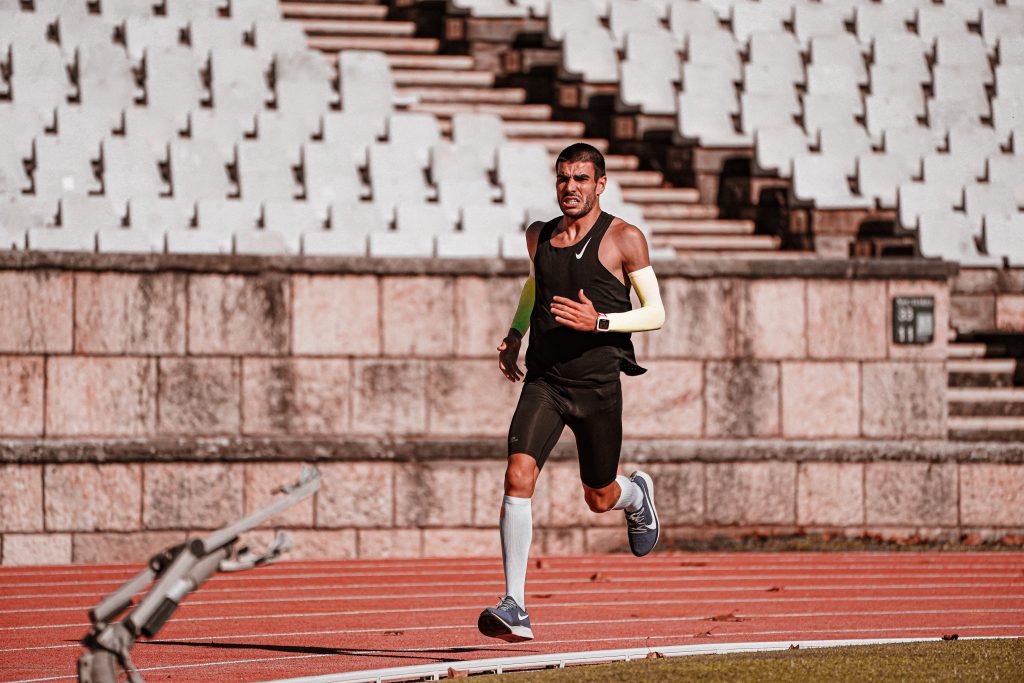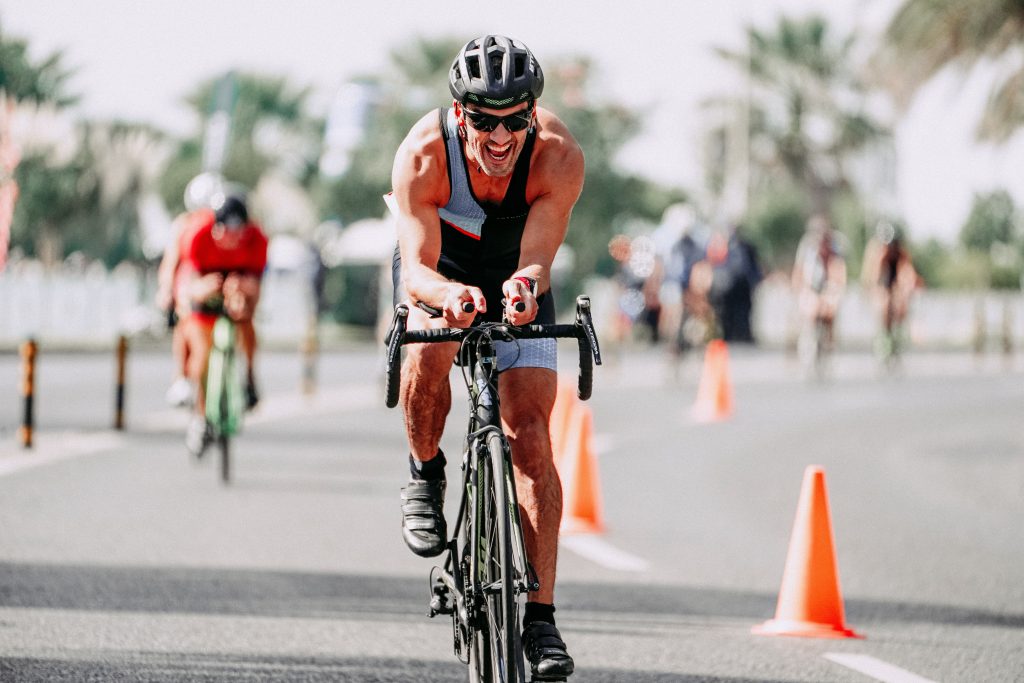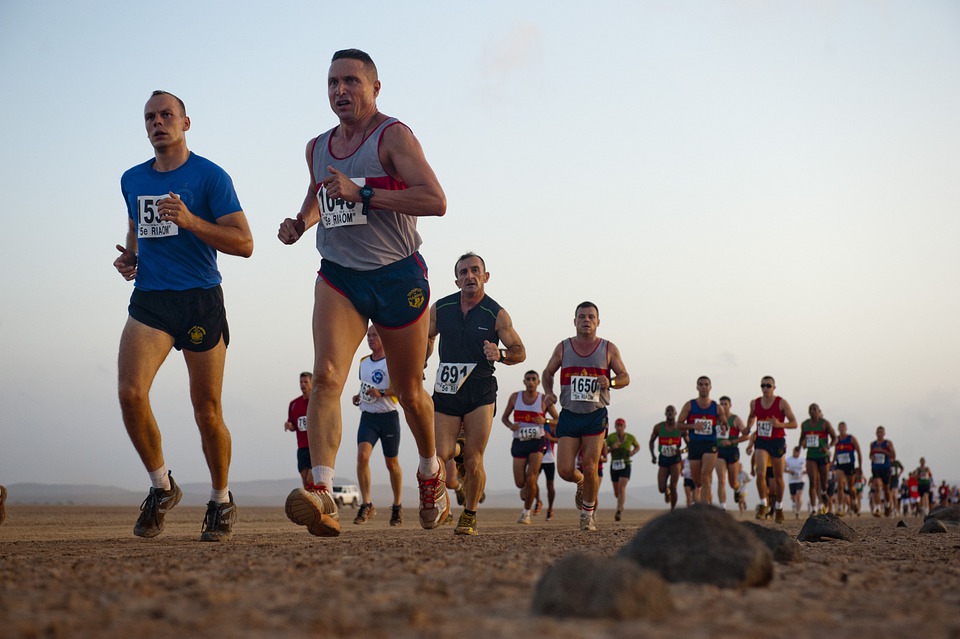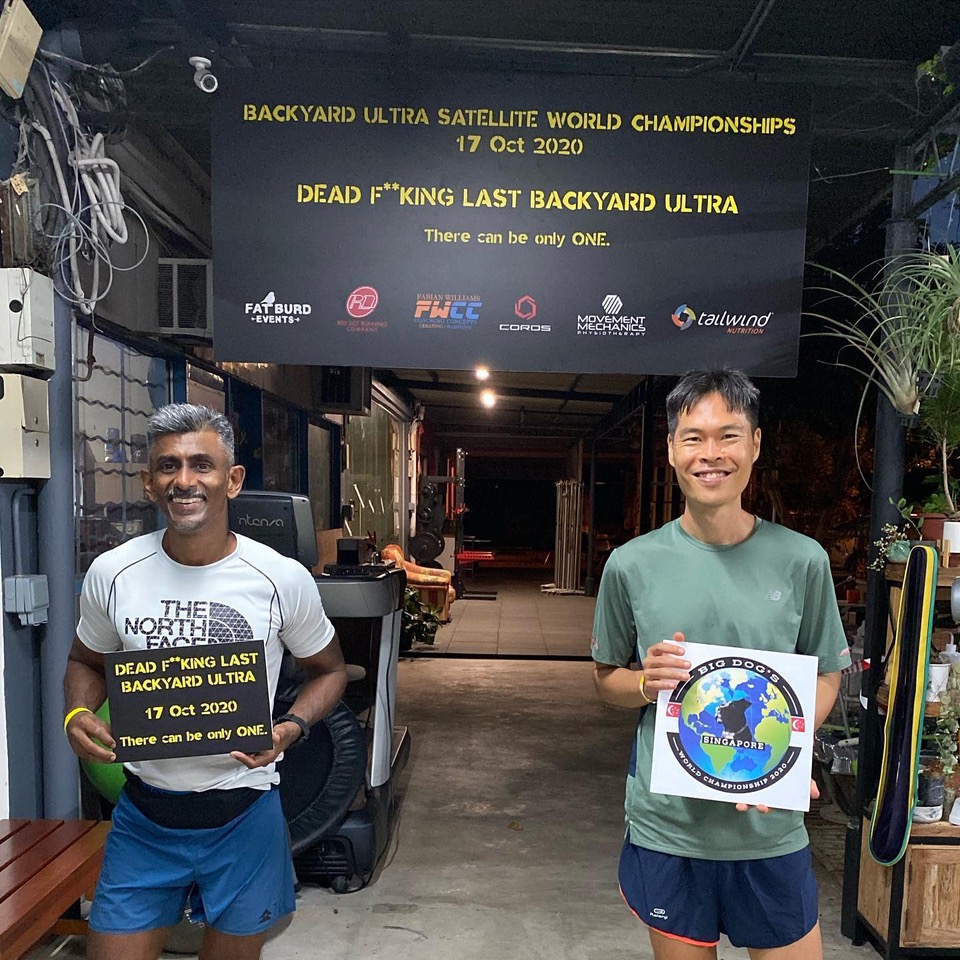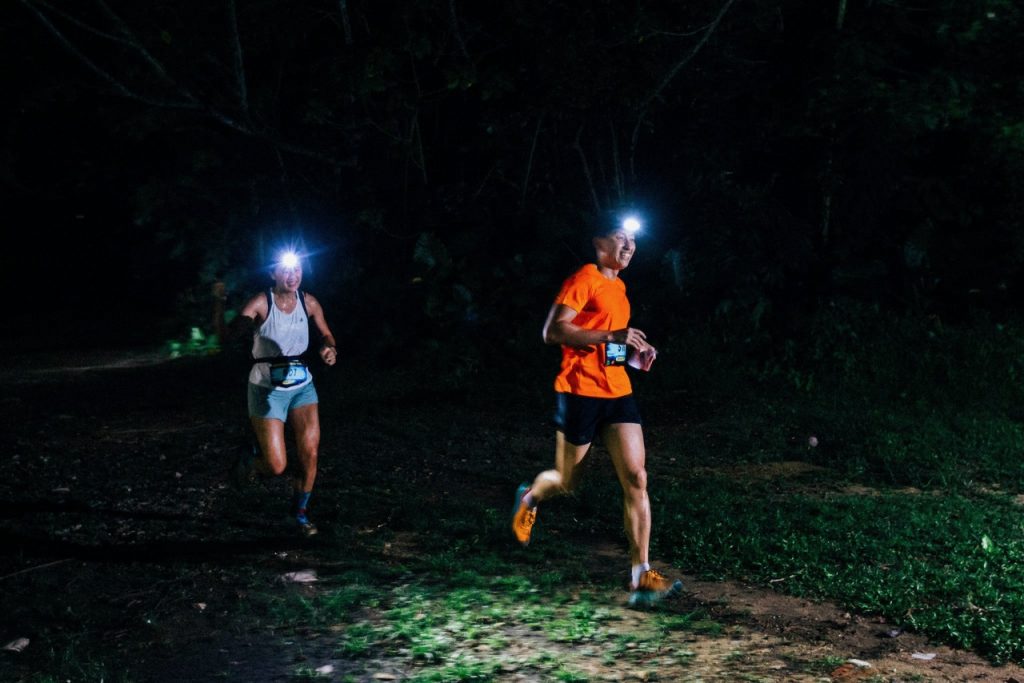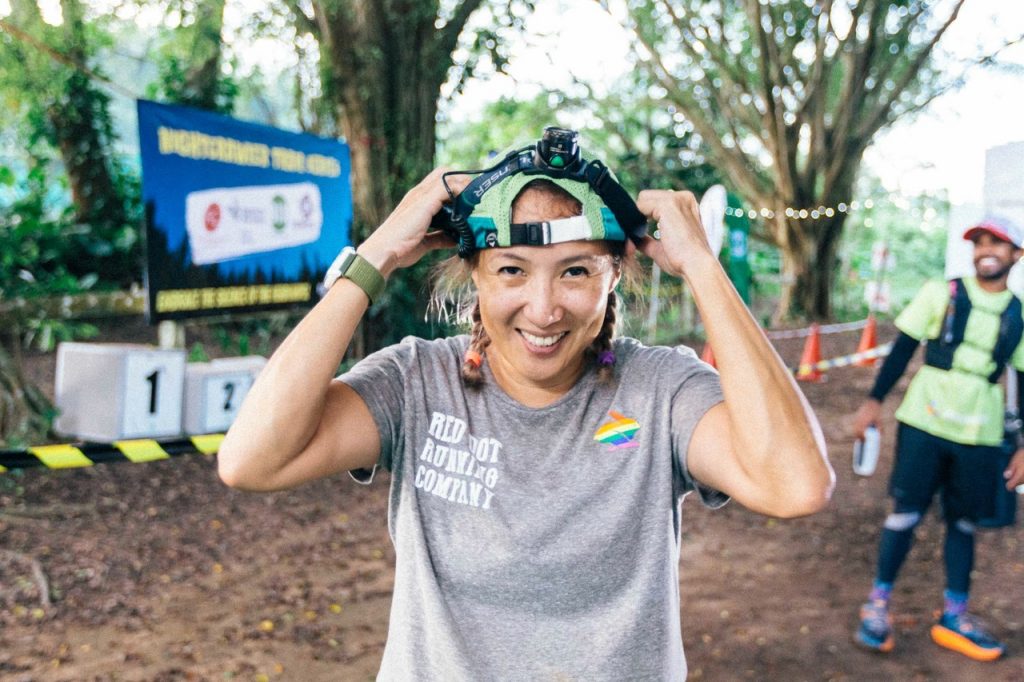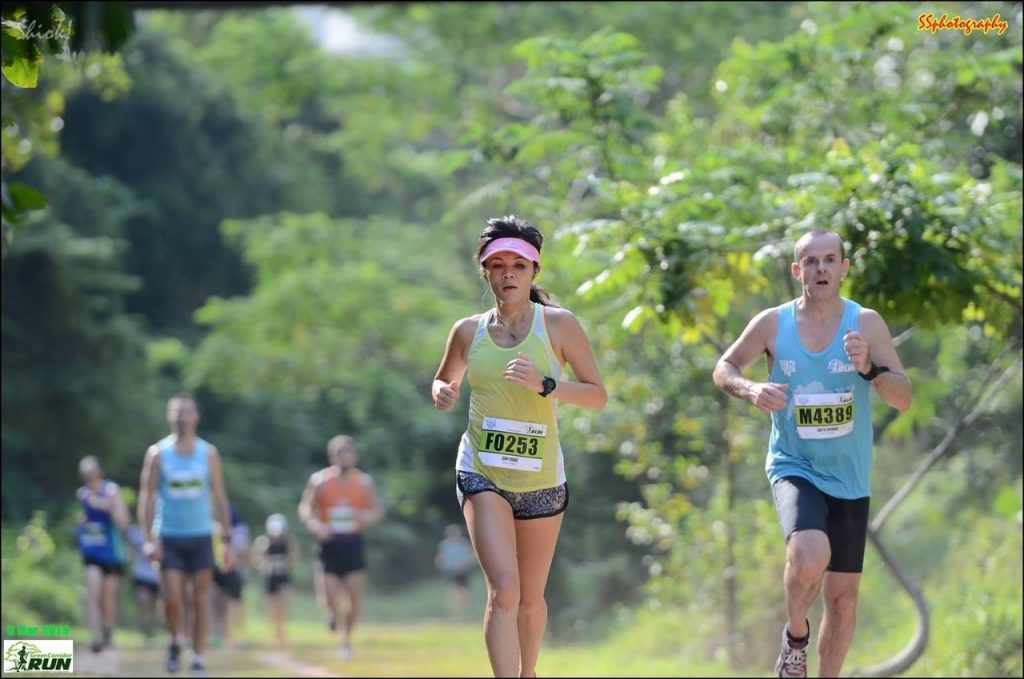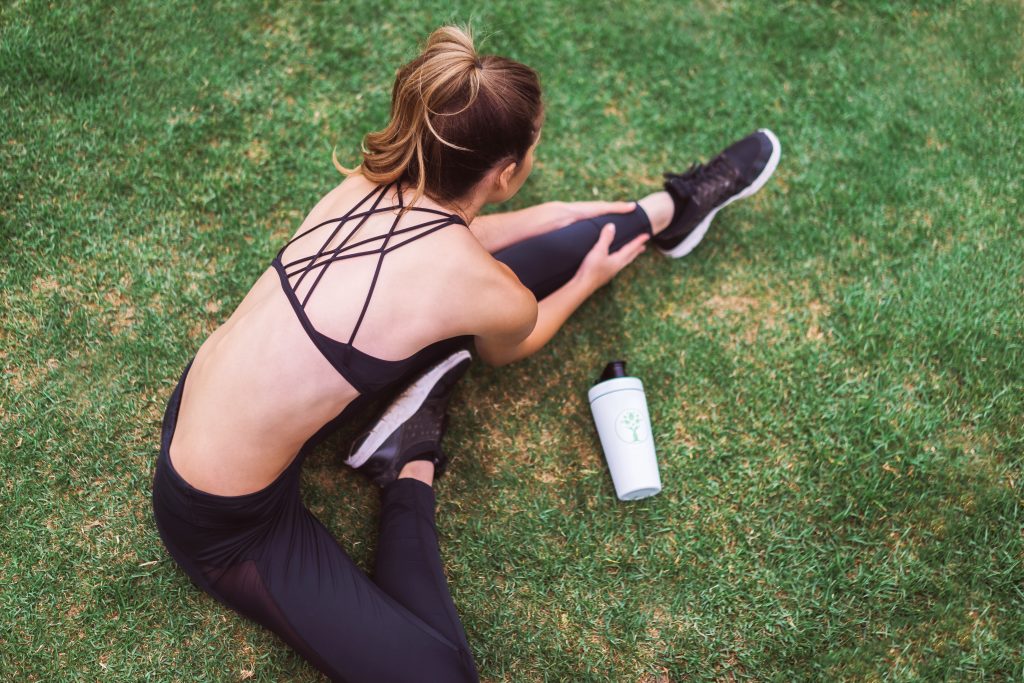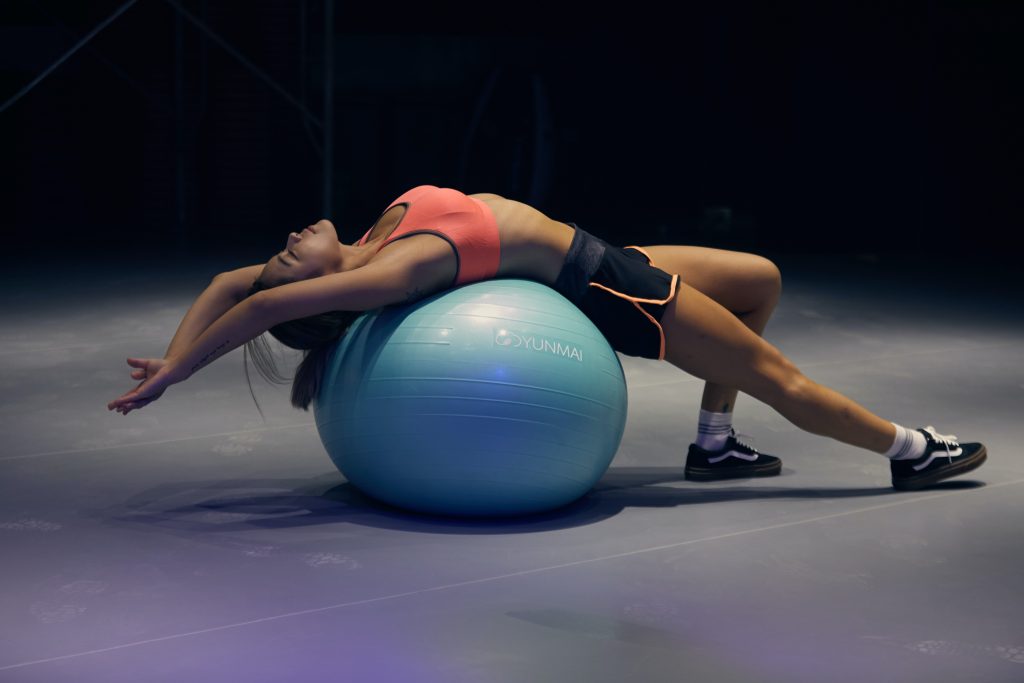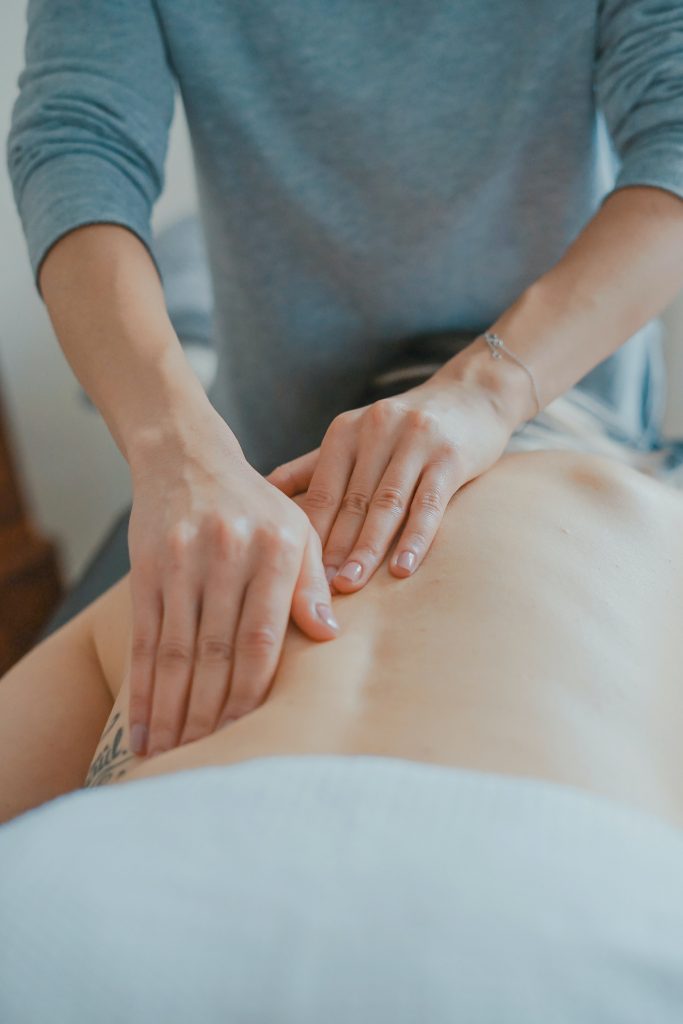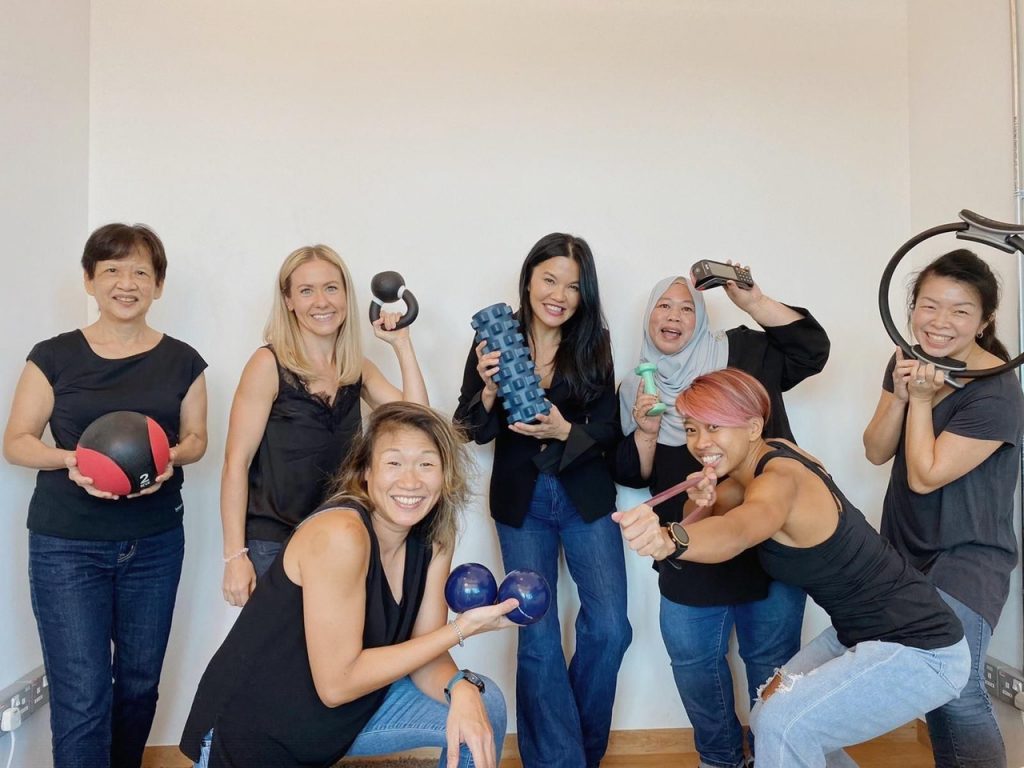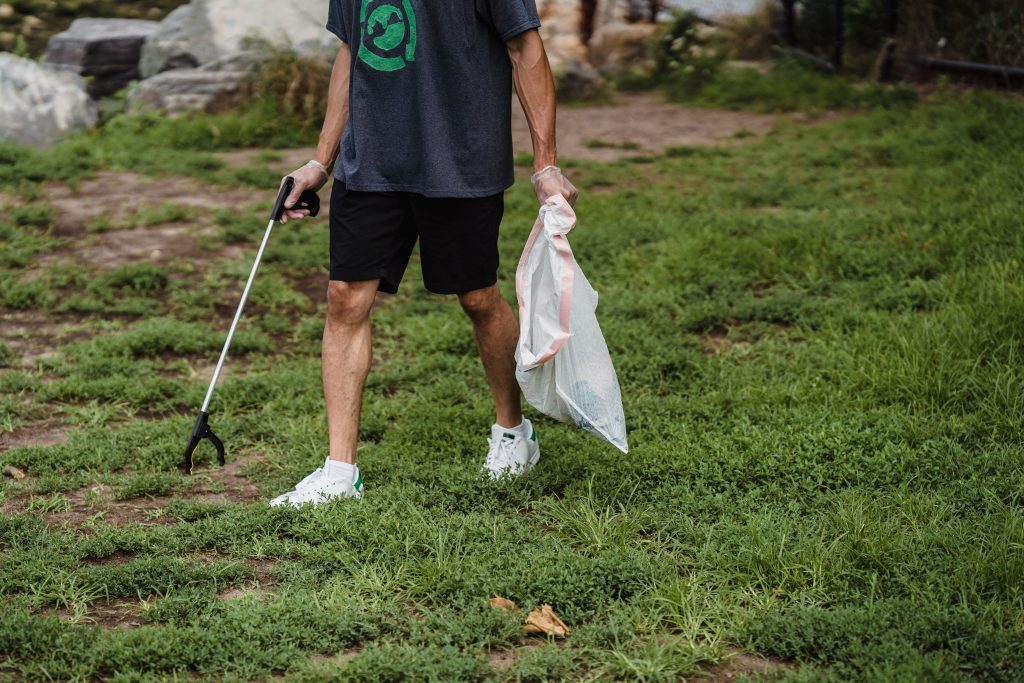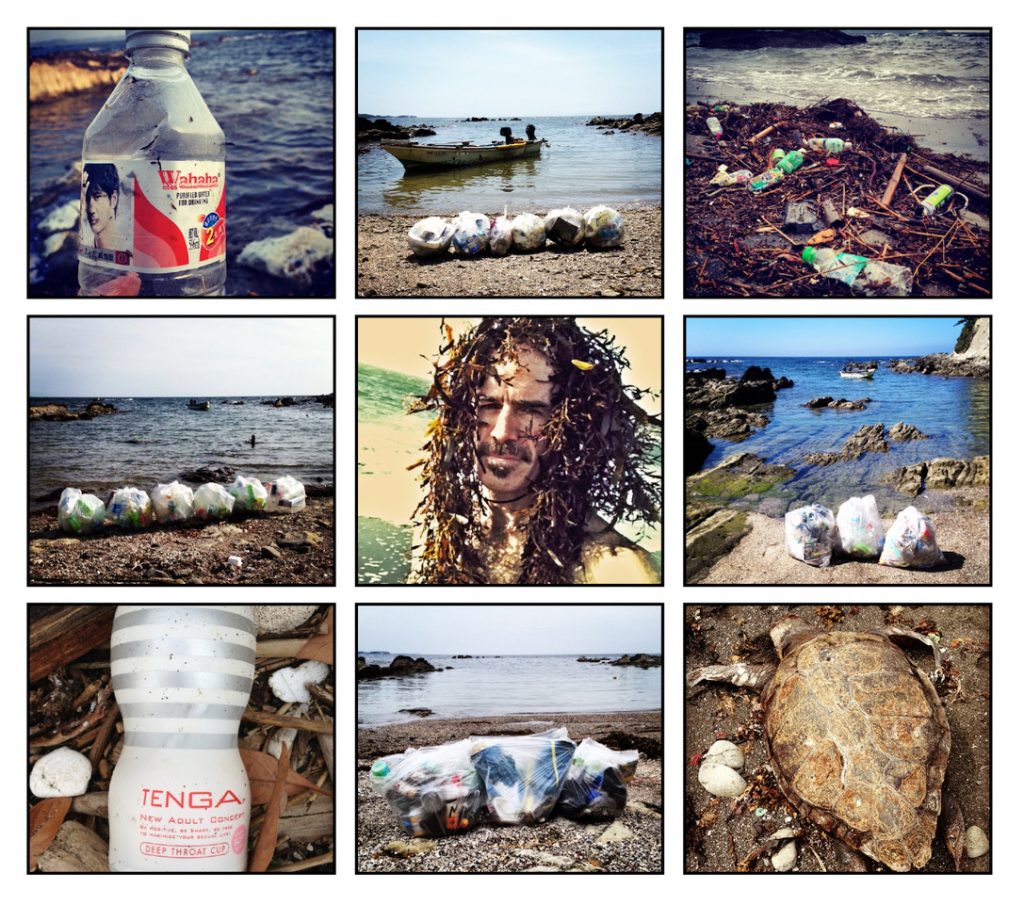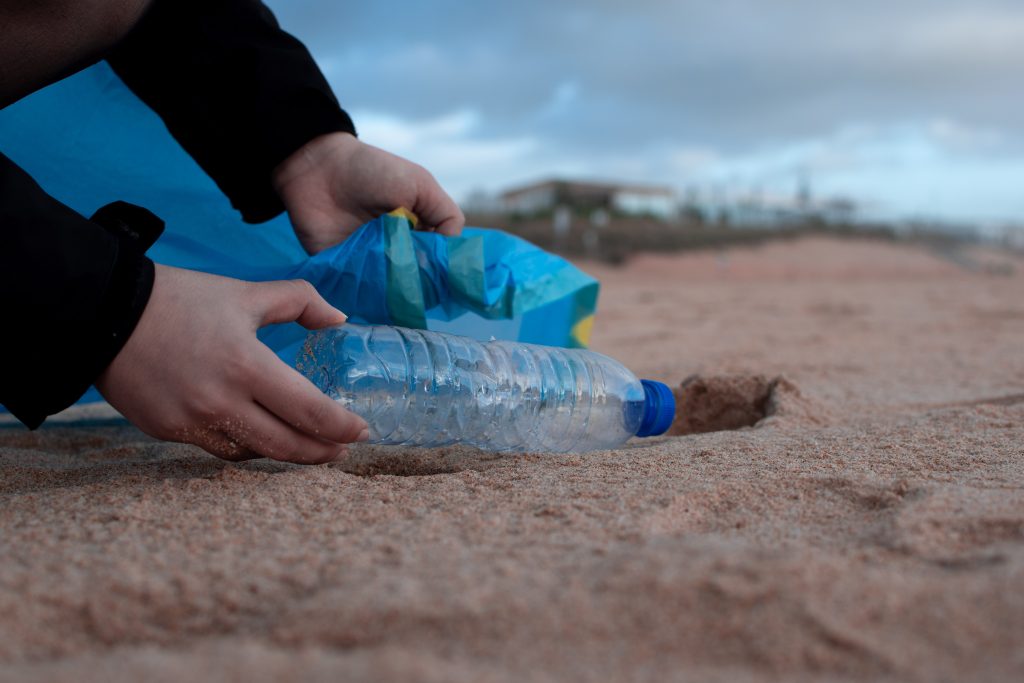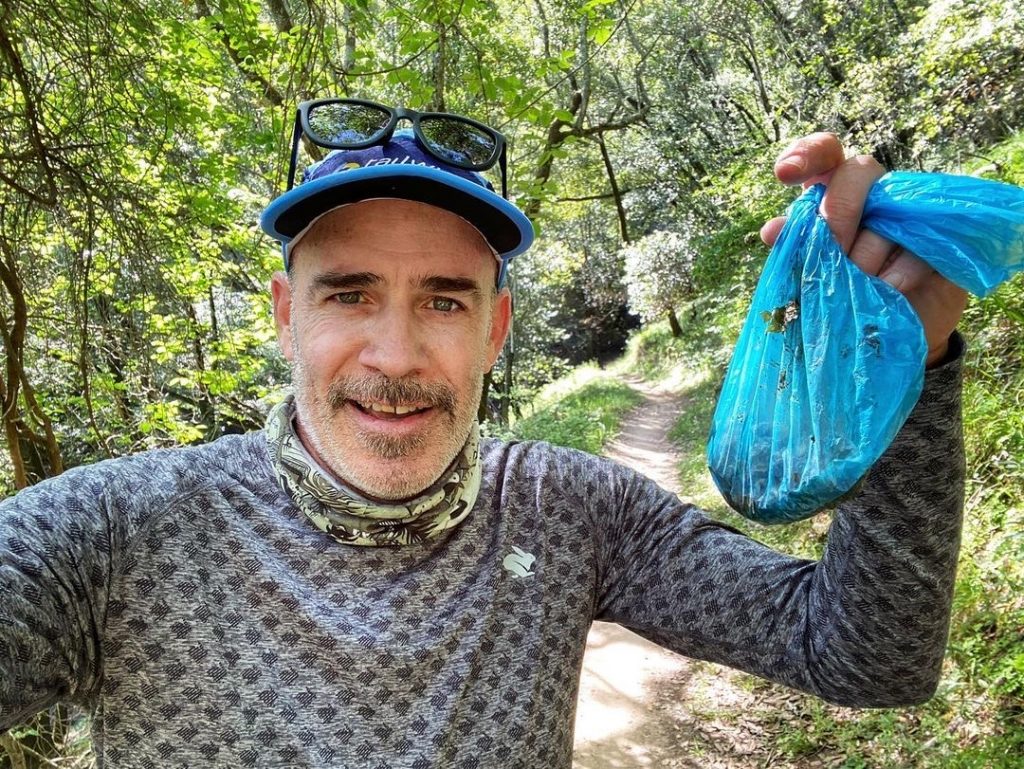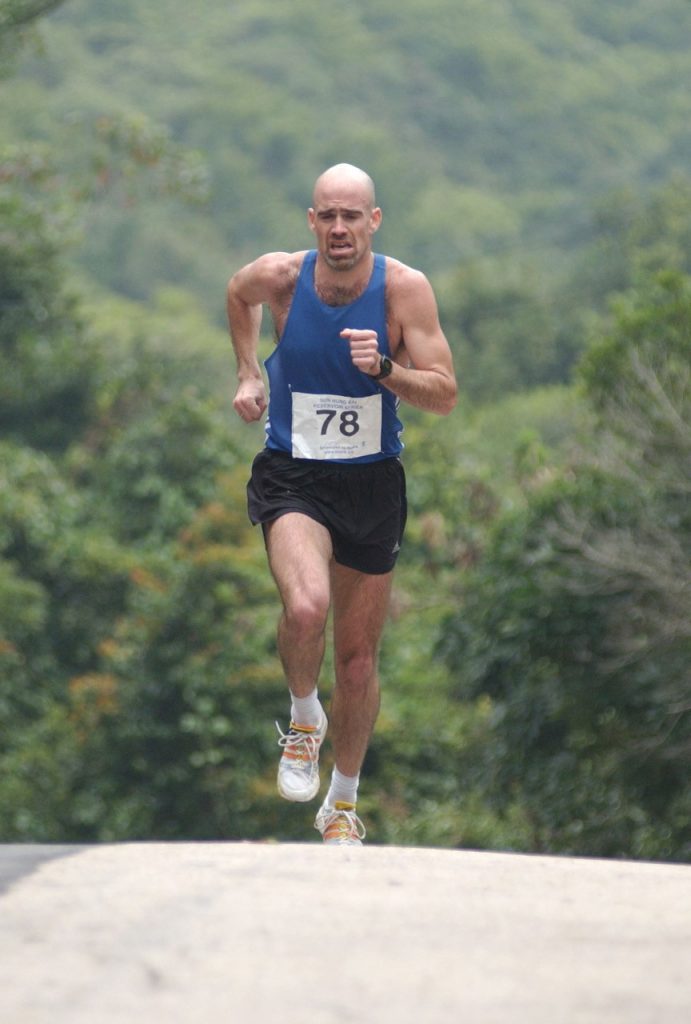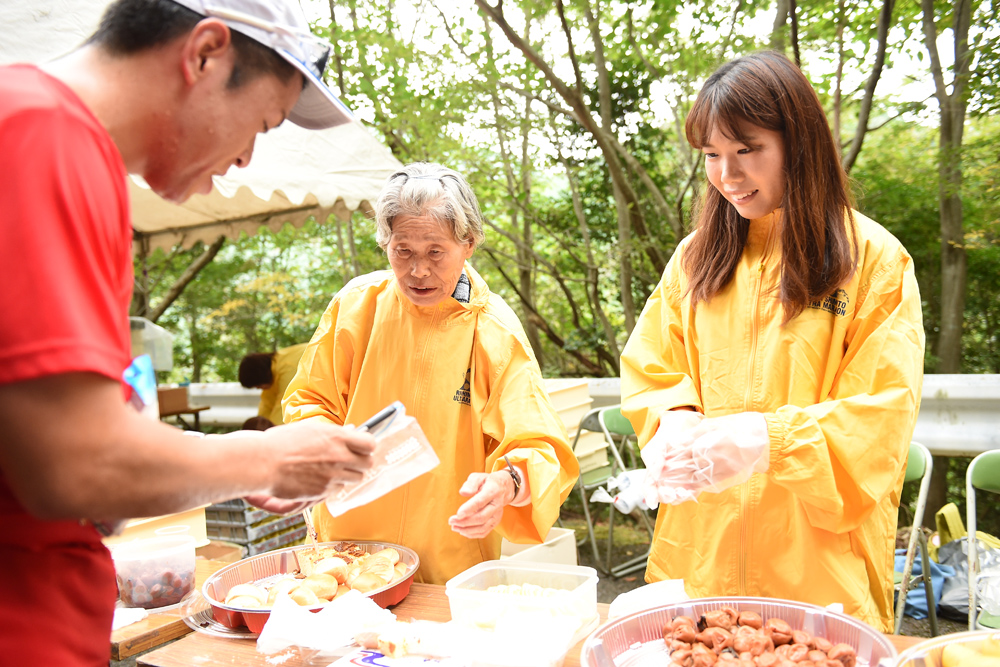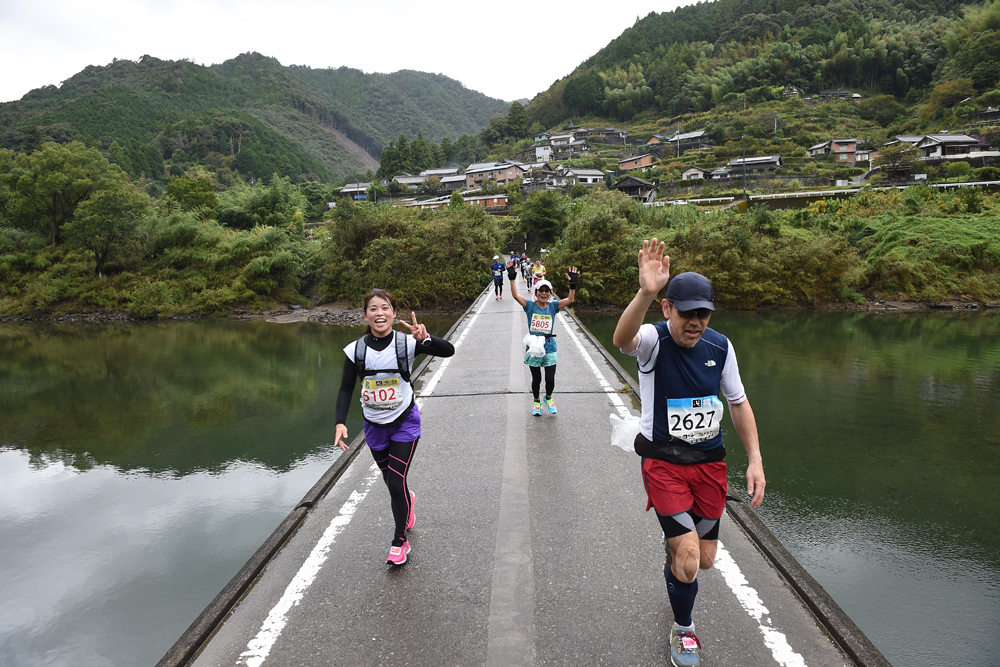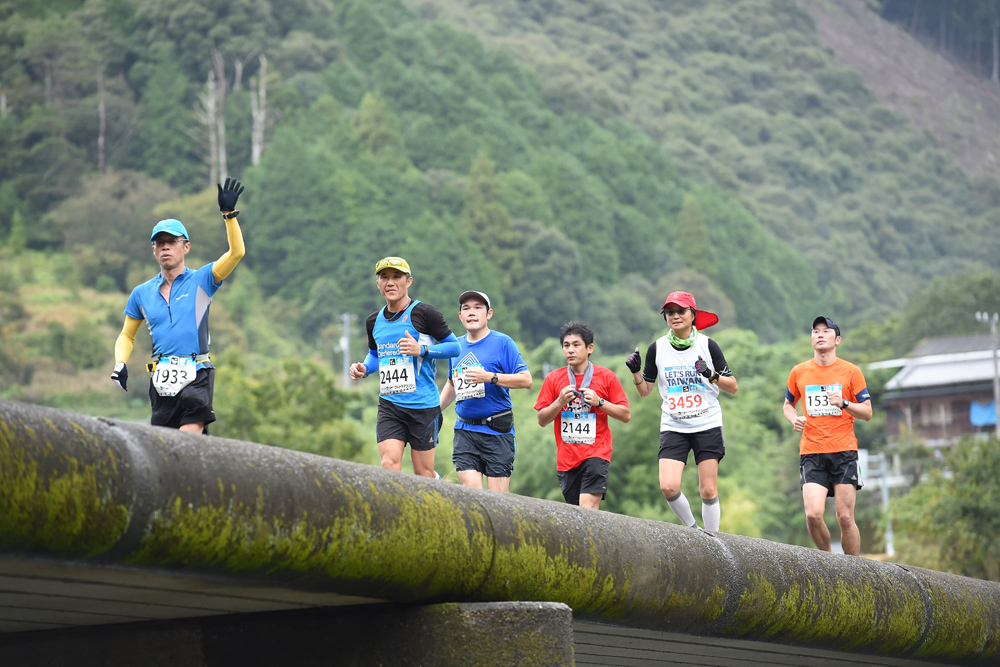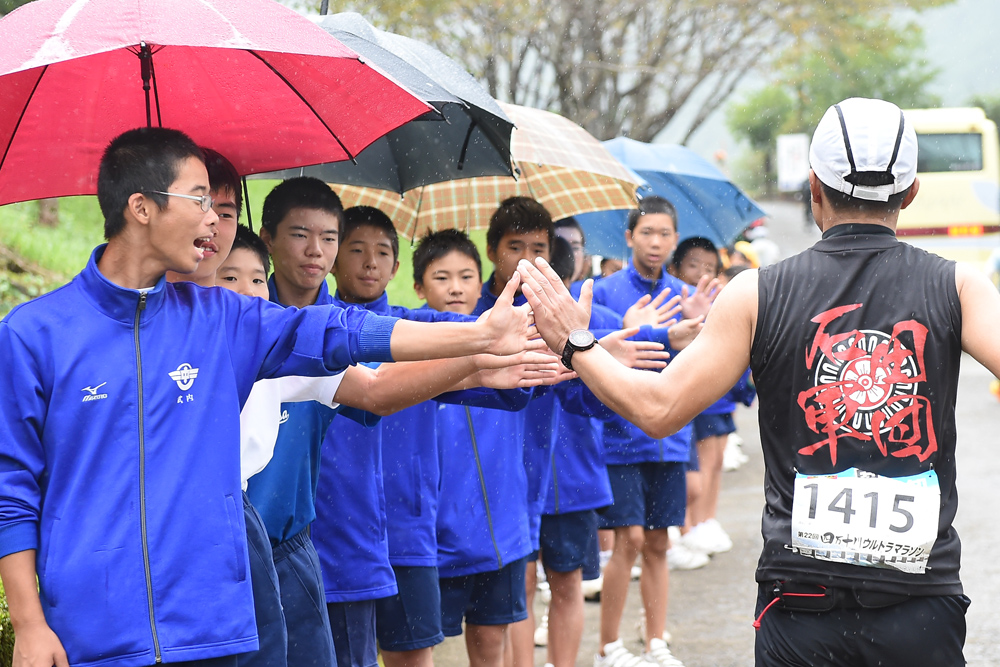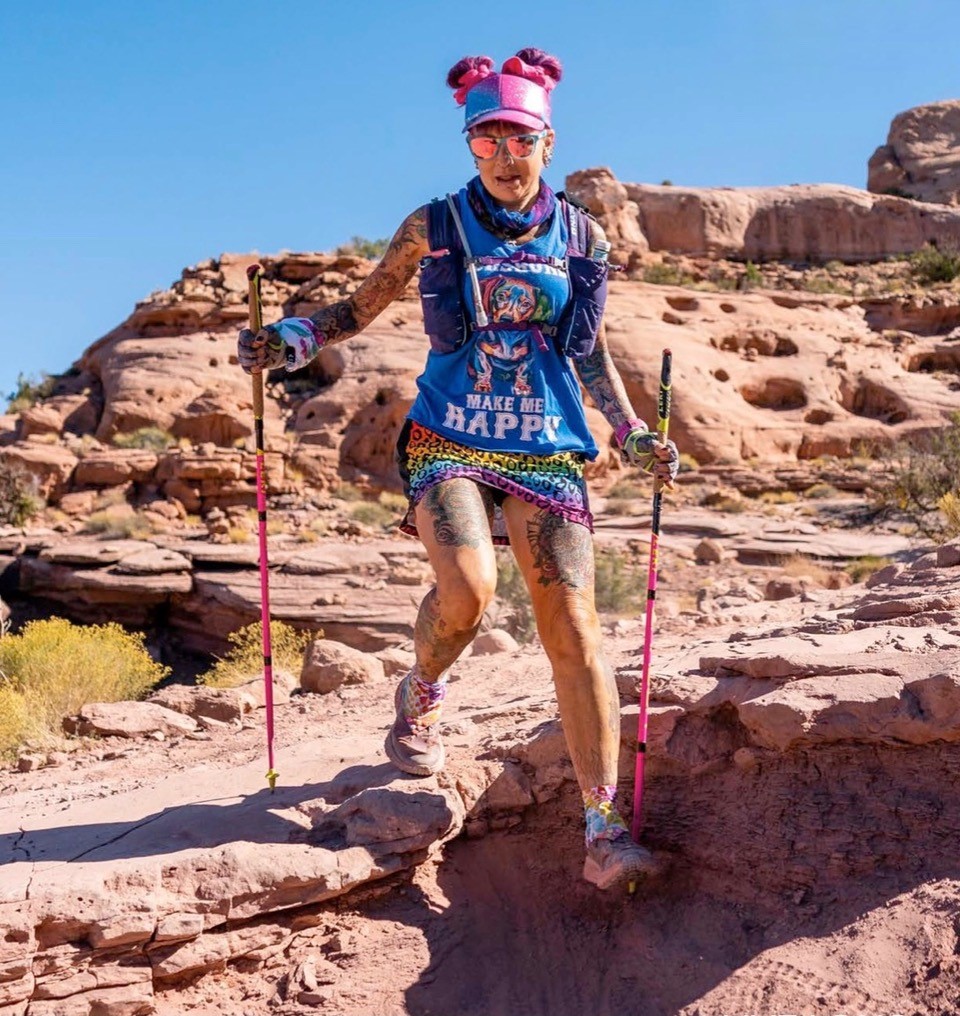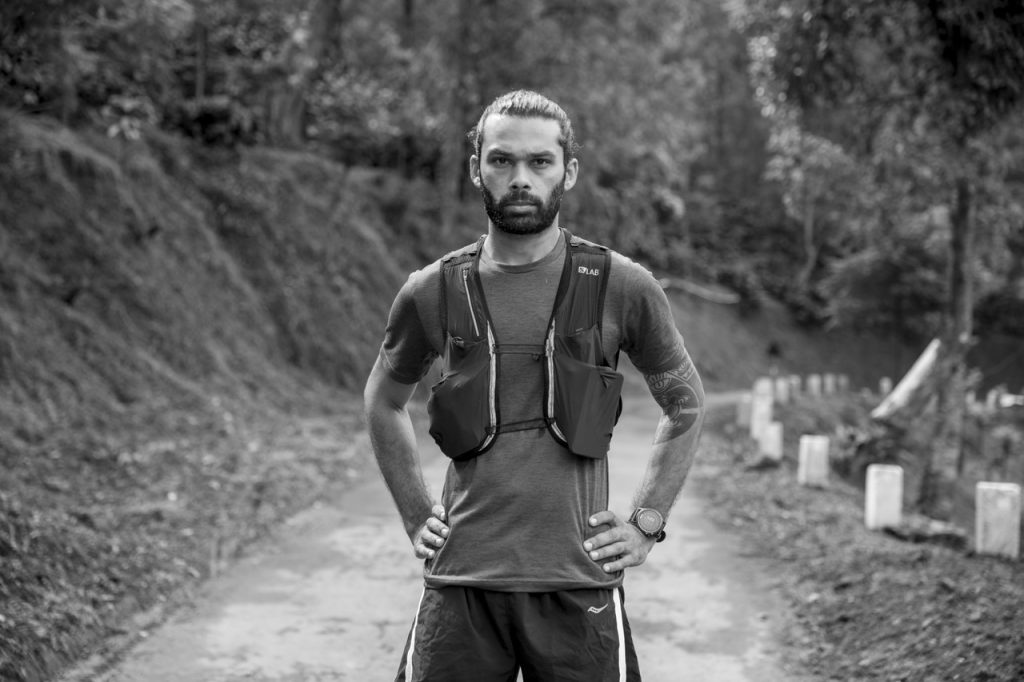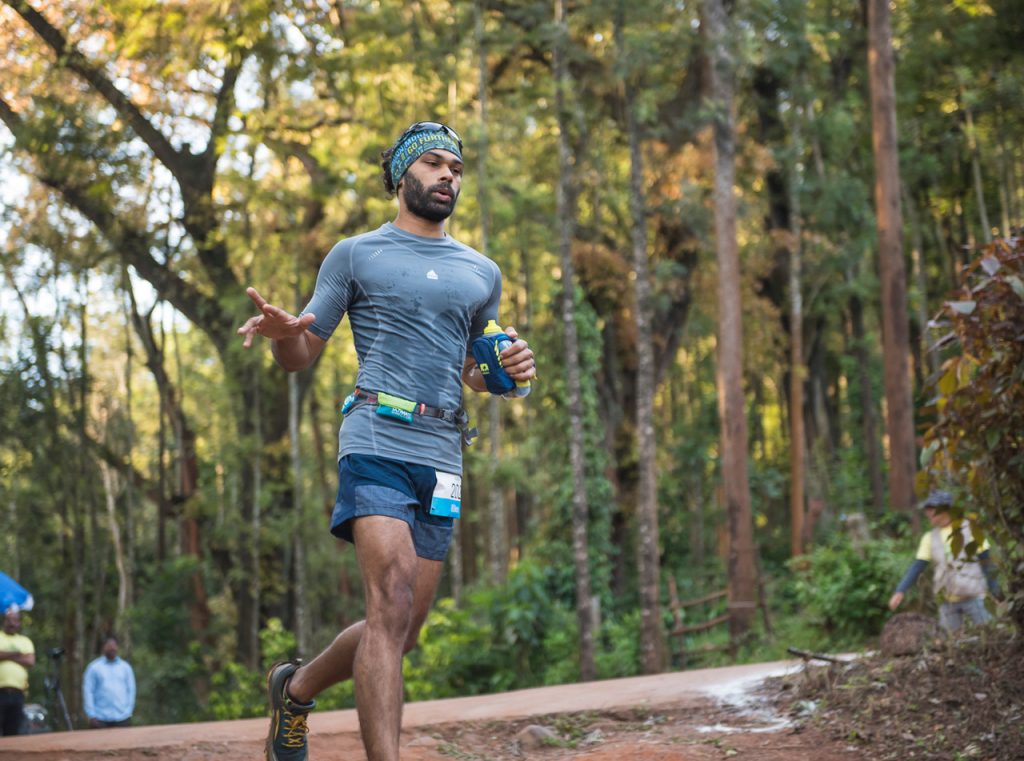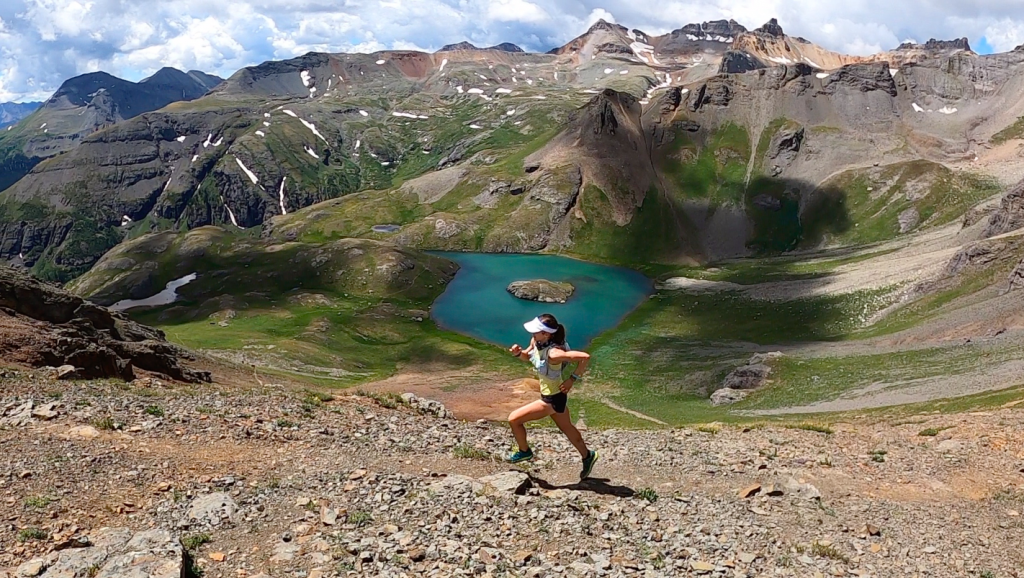My first attempt at the marathon distance was in Singapore in 1994, before Standard Chartered became a sponsor. I was in the process of moving up in distance in an effort to qualify for the Olympic Games, and the marathon was my best chance to punch my ticket to Atlanta.
At that point I was living in Hong Kong, and on 1 June of that year I had not even run as far as a half marathon in competition. Still, I was fit, in September and October I ran a few half marathons in under 1:10, and thought I would make my marathon debut in December. Singapore was nearby, and a competitor of mine – who ended up marrying former Singapore marathon record holder Toh So Liang – was planning to run.
Those of you who know Hong Kong are aware that in summer, the weather can be not so different to the heat and humidity we have here in Singapore year-round, but although I had been to Singapore before on business, I had never tried to run a marathon here.
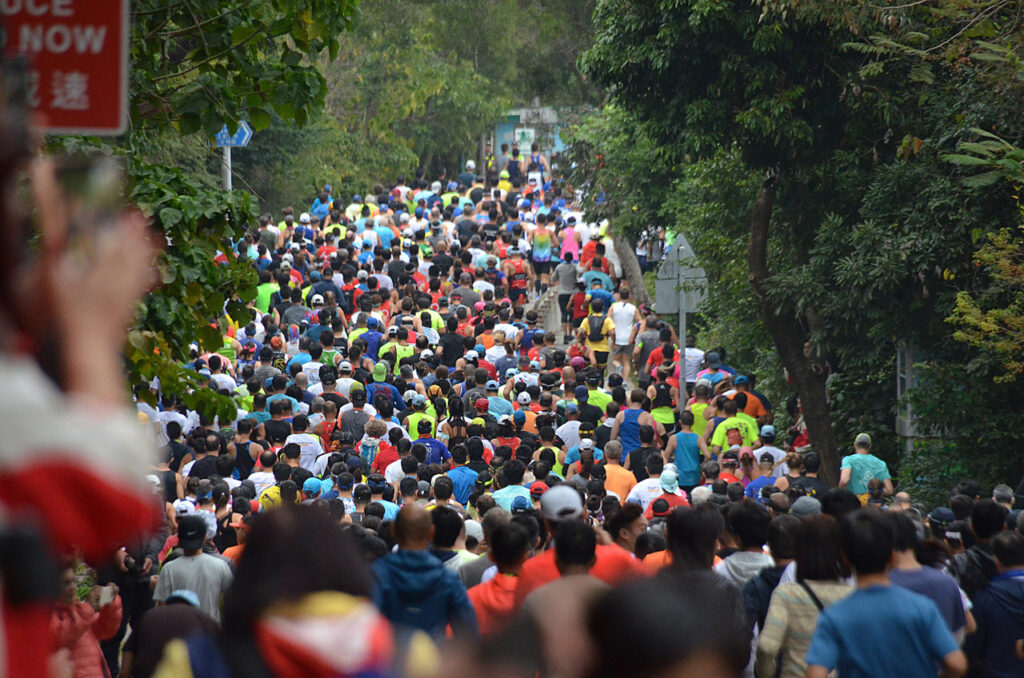
Long story short, I went out with the leaders, felt pretty comfortable through halfway in around 1:11 (the winner ran 2:22:40), and at 32K my head exploded. All of a sudden I felt incredibly overheated, and I stopped and sat on a bench in a bus shelter, done for the day.
After a few minutes, a Danish runner stopped and sat next to me. He was silent for a moment, then said, “It’s pretty hot.” [He used a different word than “pretty”.]
“Yeah,” I replied.
With the help of a kindly bus company supervisor, we managed to find our way back to the finish, and that – a DNF – was my marathon debut.
Long story short, I ran a bunch of other marathons over the following 16 months, and although I finished under 2:30 around half a dozen times, I didn’t get my Olympic qualifying time, and I didn’t go to Atlanta.
One of the marathons I ran during my quest for Olympic glory (hahaha) was London. Without a qualifying time (this was my first race after my unsuccessful effort in Singapore) I did not get an elite starting position, and unfortunately, around four weeks before race day I was diagnosed with anaemia. Still, I had booked my ticket and I figured I might as well give it a try.
As a non-elite runner, I not only started behind the elite group, but also behind around several thousand English Amateur Athletic Association (AAA) runners who through their club membership had been given priority start positions by the race organisers. While some of these runners were among Britain’s top sub-elite runners, others were ordinary club members, and I would have to overtake them.
I made my way to the front of the “ordinary runners” pen, right behind the AAA pen, and waited for the start.
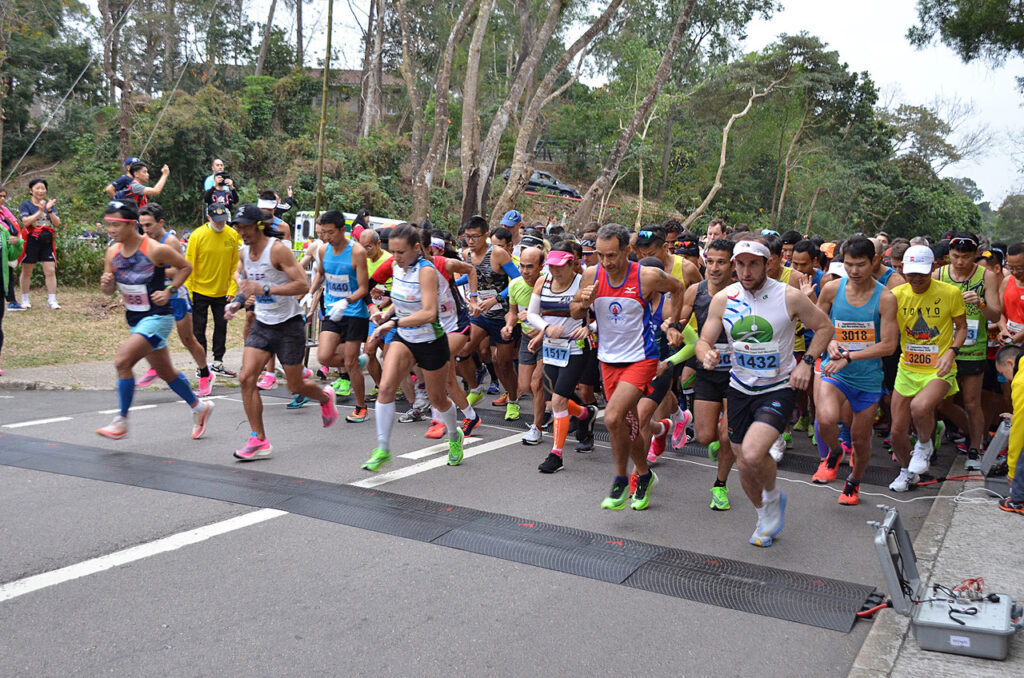
I don’t know if you’ve ever been caught up in a crush of people, such as on Halloween last year in Seoul’s Itaewon district, or also last year at Kanjuruhan Stadium in Malang in East Java, but it’s not a comfortable feeling, and before the start of that London Marathon, in my section of the crowd I felt extremely unsafe.
I was right at the front of the section, pushed up against a fence, and at one point the runners behind me started to surge forward. I felt myself crushed against the fence, and the people around me, and although I tried to hold my position, I felt powerless. Not a good feeling.
The race was not much better. Foolishly, after the gun I shot off down the road in pursuit of the sub-elites I thought I should have been running with, and I ran under 1:10 for the first half and slower than 1:25 for the anaemic second half. It was … memorable.
Some years later, I entered the Tokyo Marathon (the first one, back when it started in Shinjuku and was held in February rather than March). Again, I did not have an elite bib, and I waited for nearly two hours in a near-freezing downpour to stake out a decent starting position. Not a good feeling. I lasted until 17 kilometres, and retired with a strained calf muscle and a mild case of hypothermia.
A last story: back in the 90s I had an elite starting position in Sydney’s City to Surf Race and it was a superb experience. Around 10 years later, I was scheduled to be in Sydney on business and a client asked me if I wanted his Sydney office to enter us in the race. “Sure,” I said.
Perhaps obviously, my client’s colleagues did not secure elite starting positions for us, and I was in wave six and my client was in wave 12. With around 80,000 runners, City to Surf is one of the world’s largest running races, and it took me 11 of the race’s 14 kilometres to work my way through the crowds in front of me and be able to run freely. I certainly didn’t feel that my life was in danger, but it was not a good feeling.
Bringing me to my point.
I am very much over mass participation races.
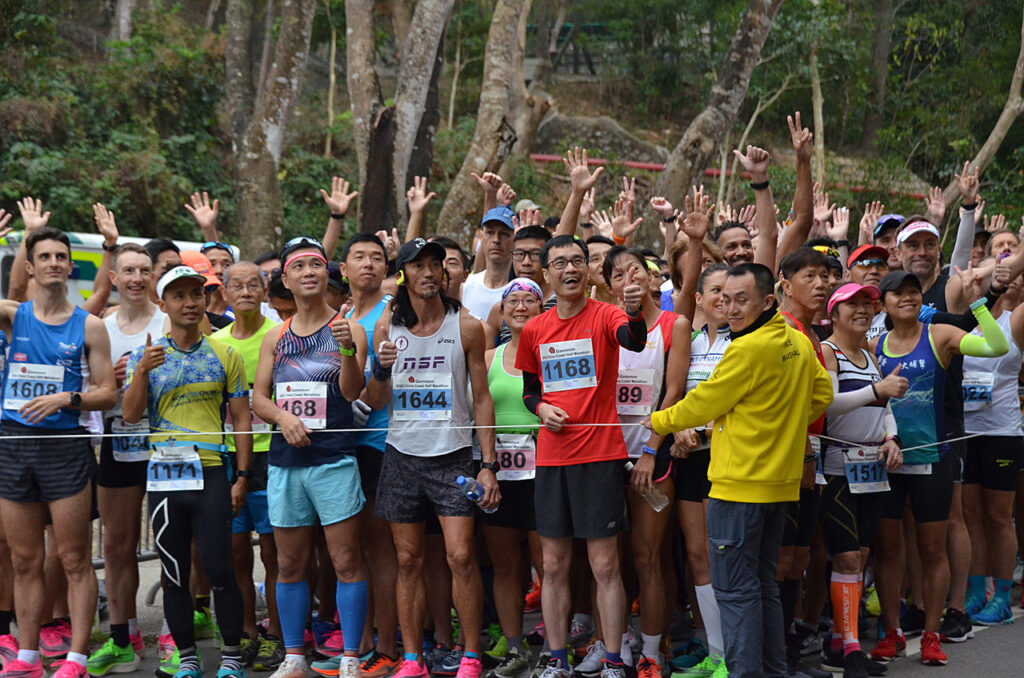
When I lived in Hong Kong, I was for several years the race director of the China Coast Marathon, a scenic and tough race along the edge of the High Island Reservoir in Sai Kung Country Park. We would get several thousand runners every year, but you could turn up on race morning, pay the entry fee and get a bib. The difference between your “gun time” and “chip time” was less than a minute, no matter where you started. Compared to the Hong Kong Marathon, which is mostly held on the elevated expressway out to Tsing Yi Island, the China Coast Marathon is extremely scenic.
Another scenic marathon I ran was in Japan, the Ogasa Kakegawa Marathon (now known as the Kakegawa Shincha Marathon), in Shizuoka, Japan. I remember one aid station staffed entirely by uniformed Little League baseball players, shouting “Gambatte kudasai!” and serving the runners locally grown strawberries. Yes, please!
In Europe, I ran the Vigaranomaratona, in Ferrara, Italy. Ferrara is not far from Bologna, and is a World Heritage Site. On the day I ran, the sky was as blue as the Virgin Mary’s gown in a Renaissance painting, and the city – encircled by almost 10 kilometres of 500-year-old brick walls – was unforgettably beautiful. And I even managed to win enough prize money to pay for a few post-race beers!
On Pangkor Island one year for a holiday, I ran past a sign advertising an upcoming road race. When I got back to my hotel, I asked the front desk if they could enter me, and they did. On the day, I managed to finish first in the round-the-island race, winning a pair of (domestic) air tickets, a very large bucket of Kentucky Fried Chicken, and a bunch of other sponsor-provided goodies including a gigantic tin of Milo. I was flying home that afternoon, so I gave away all my prizes, but it was a fun event, and I won’t ever forget the first time I walked (up a very steep hill – walking was as fast as running!) in a race!
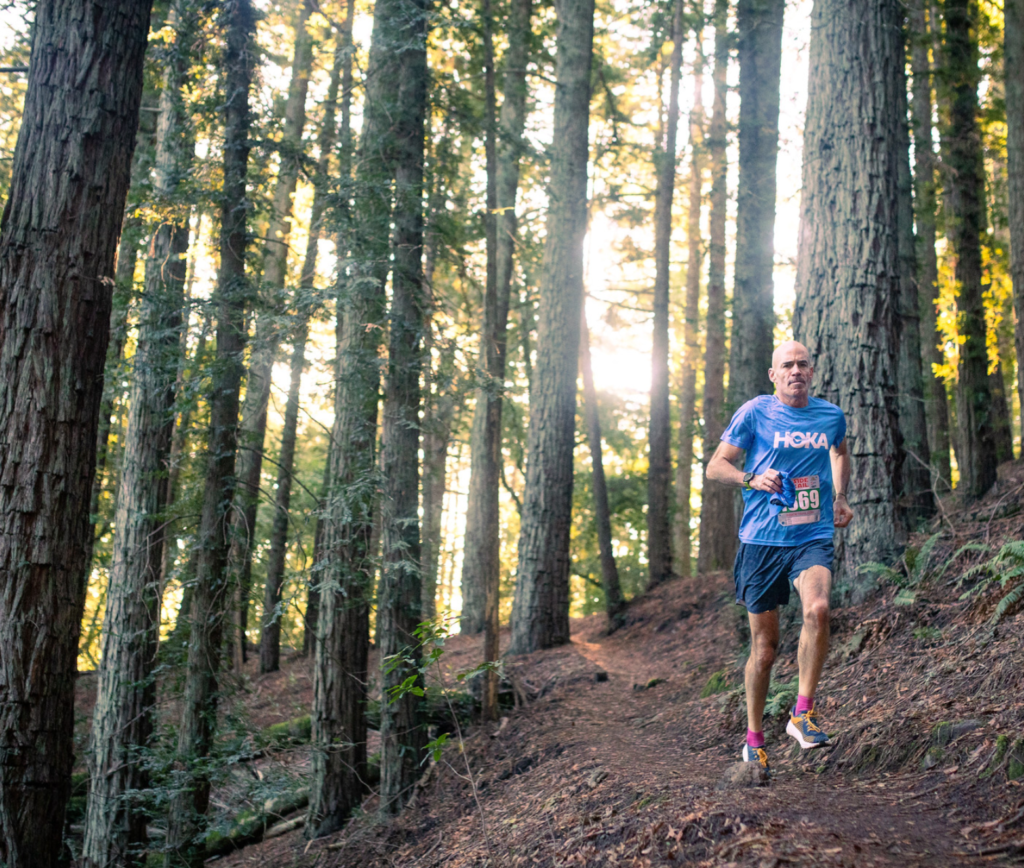
Last year I ran a couple of trail races – The Mount Tam Trail Run and the Woodside Ramble – in the San Francisco Bay area. One was a 30K and the other, a 35K. Both courses ran through redwood forests and offered occasional views of the Pacific Ocean. And both races (at the distances I chose to run) had fewer than 100 finishers.
Sure, I didn’t get a “Six Star Medal” for participating in any of those races, but I had a great time, pushed myself to my limits (always!), and spent a lot less money than I would have to enter the New York City Marathon (for overseas runners, the entry fee is almost S$500!). And I didn’t have to enter a lottery!
I understand why people want to run “the marathon majors” (marketing FTW!), and I will continue to enter races in places I want to travel to (I ran the Prague Marathon once just because I wanted to visit Prague), but at this point I’m looking for small local races, not the mass participation events.
Last year, when we were in New York for Christmas, my son, then 17, said he wanted to go to Times Square on New Year’s Eve. I don’t know what you know about Times Square on New Year’s Eve, but take it from this New Yorker – you don’t want to be there.
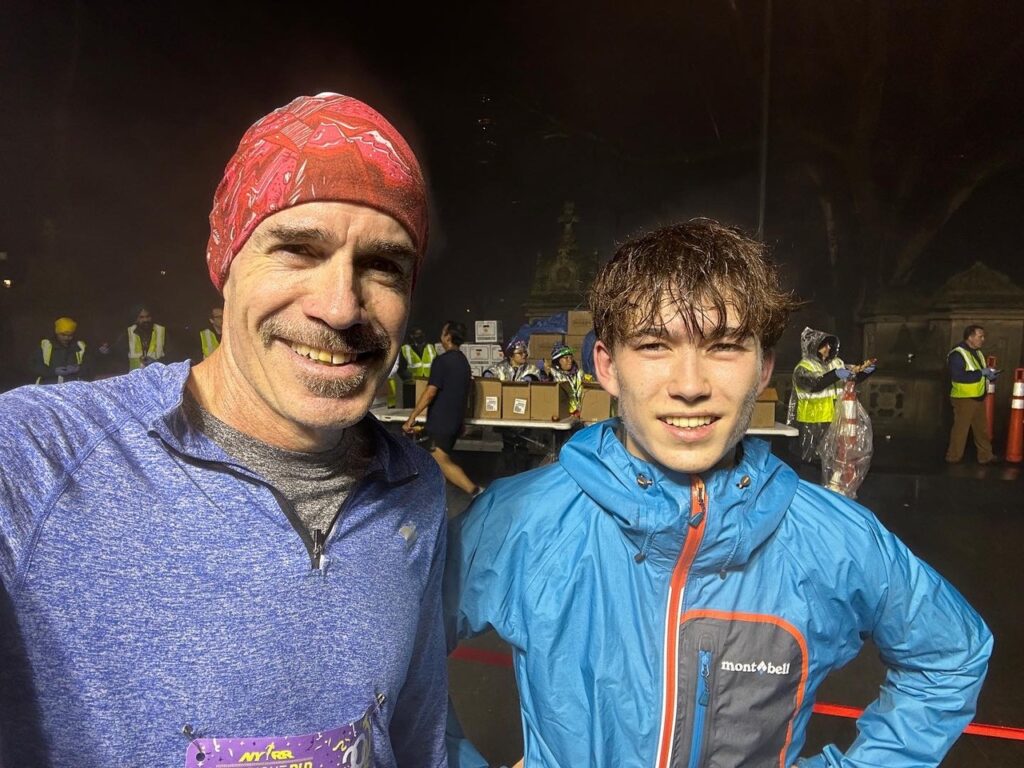
I suggested that instead, we run the New York Road Runners Midnight Run, which starts in Central Park on New Year’s Eve. My son was up for it, and although there were apparently 5,000 runners entered, our predicted finish times put us near the front at the start.
I had briefed my son on the course (over 35 years before, I had won the New York City 4-Mile Championship on the same course, hahaha), and to the accompaniment of fireworks, we set off. After less than one kilometre, I did not see my son running with me anymore, and figured he had dropped back.
I continued to push as hard as I could, eventually finishing in the top 100 and winning my age group (old), and as I finished, I wondered how long I would have to wait for my son. I turned around to look for him, and he was RIGHT BEHIND ME.
“Erm, were you right behind me the whole race,” I asked.
“Yes,” he replied.
“Did you think about coming past me?”
“Yes.”
“Why didn’t you?”
“I was comfortable where I was.”
Obviously the apple rolled pretty far away from the tree when it comes to competitiveness!
But that’s not the point. The point is that we had an amazing experience running a (relatively) small race rather than one with a cast of tens of thousands, chosen by lottery from among hundreds of thousands of applicants.
I’m not saying you need to turn your back on the World Marathon Majors, the Ironman-backed “UTMB World Series” and other mass participation races; I’m just saying that small – and their organisers and volunteers – races are awesome, and that you should think about running more of them!





